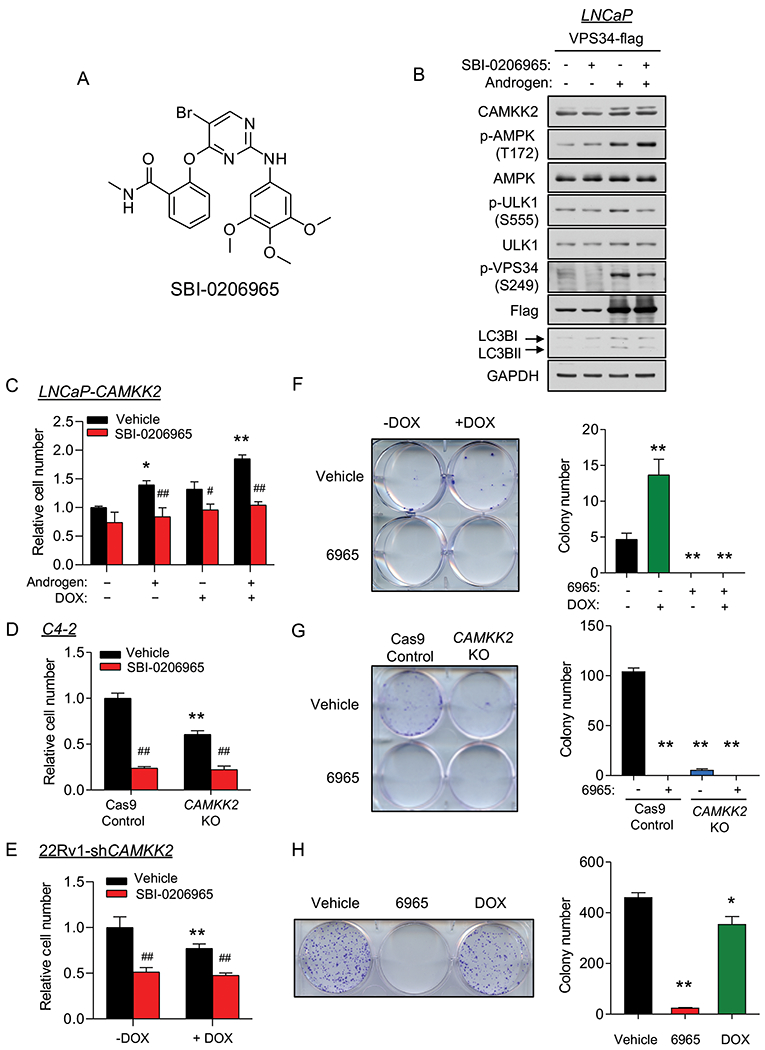Fig 7. The ULK1 inhibitor SBI-0206965 represses prostate cancer cell growth.

(A) Chemical structure of the ULK1 inhibitor SBI-0206965. (B) LNCaP cells were transfected with VPS34-FLAG following 72 hours 10 nM R1881 (androgen) treatment. Cell lysates were collected 2 hours after vehicle or SBI-0206965 (10 μM) treatment and subjected to immunoblot analysis. (C) Cell growth of LNCaP-CAMKK2 cells following 7 days R1881 (androgen, 10 nM), DOX (50 ng/ml) and/or SBI-0206965 (10 μM) treatment. *P < 0.05, **P < 0.01 compared to no androgen/DOX/SBI-0206965 treatment group. #P < 0.05, ##P < 0.01, compared to corresponding vehicle (SBI-0206965) treatment group. (D) Cell growth of C4-2 Cas9 control and C4-2 CAMKK2 KO derivative cells ± SBI-0206965 (10 μM). **P < 0.01 compared to C4-2 control cells. ##P < 0.01, compared to vehicle treatment group. (E) Cell growth of 22Rv1-shCAMKK2 cells treated for 7 days ± DOX (800 ng/ml) ± SBI-0206965 (10 μM). *P < 0.05, **P < 0.01 compared to no DOX treatment group. ##P < 0.01, compared to corresponding vehicle (SBI-0206965) treatment group. (F) Colony formation assay of LNCaP-CAMKK2 cells following 28-day DOX and/or SBI-0206965 (10 μM) under 100 pM R1881 (androgen) treatment (required for LNCaP colony formation). Representative image (left). Quantification of three independent experiments (right). **P < 0.01, compared to double-vehicle treatment group. (G) Colony formation assay of C4-2 Cas9 control and C4-2 CAMKK2 KO derivative cells ± SBI-0206965 (10 μM) for 21 days. Representative image (left). Quantification of three independent experiments (right). **P < 0.01, compared to C4-2 control vehicle treatment group. (H) Colony formation assay of 22Rv1-shCAMKK2 cells treated for 21 days ± DOX (800 ng/ml) or SBI-0206965 (10 μM). Representative image (left). Quantification of three independent experiments (right). *P < 0.05, **P < 0.01, compared to vehicle treatment group.
